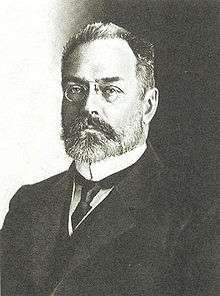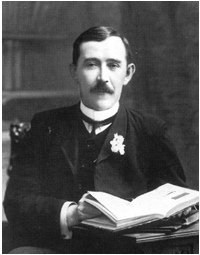Russian legislative election, 1912
| | ||||||||||||||||||||||||||||||||||||||||||||||||||
| ||||||||||||||||||||||||||||||||||||||||||||||||||
| ||||||||||||||||||||||||||||||||||||||||||||||||||
| ||||||||||||||||||||||||||||||||||||||||||||||||||
 |
| This article is part of a series on the politics and government of Russia |
Parliamentary elections were held in the Russian Empire in September 1912 to elect the fourth State Duma.[1]
Results
Around 51% of those elected were nobles, the highest during the Tsarist era.[1] Both the right- and left-wing increased their representation in the Duma; right-wing candidates won 153 seats and left-wingers 152, whilst the centrists, including the Union of October 17, were reduced to 130 seats.[1]
| Party | Seats | +/– |
|---|---|---|
| Nationalists | 120 | +23 |
| Union of October 17 | 98 | –56 |
| Right-wingers | 65 | +15 |
| Constitutional Democratic Party | 59 | +5 |
| Progressist Party | 48 | +20 |
| Autonomists | 21 | –5 |
| Russian Social Democratic Labour Party | 14 | –5 |
| Trudoviks | 10 | –3 |
| Independents | 7 | +7 |
| Total | 442 | +1 |
Aftermath
Following the elections, the Union of October 17 became an opposition party due to its harassment by the government during the election.[1]
References
This article is issued from Wikipedia - version of the 11/25/2016. The text is available under the Creative Commons Attribution/Share Alike but additional terms may apply for the media files.




